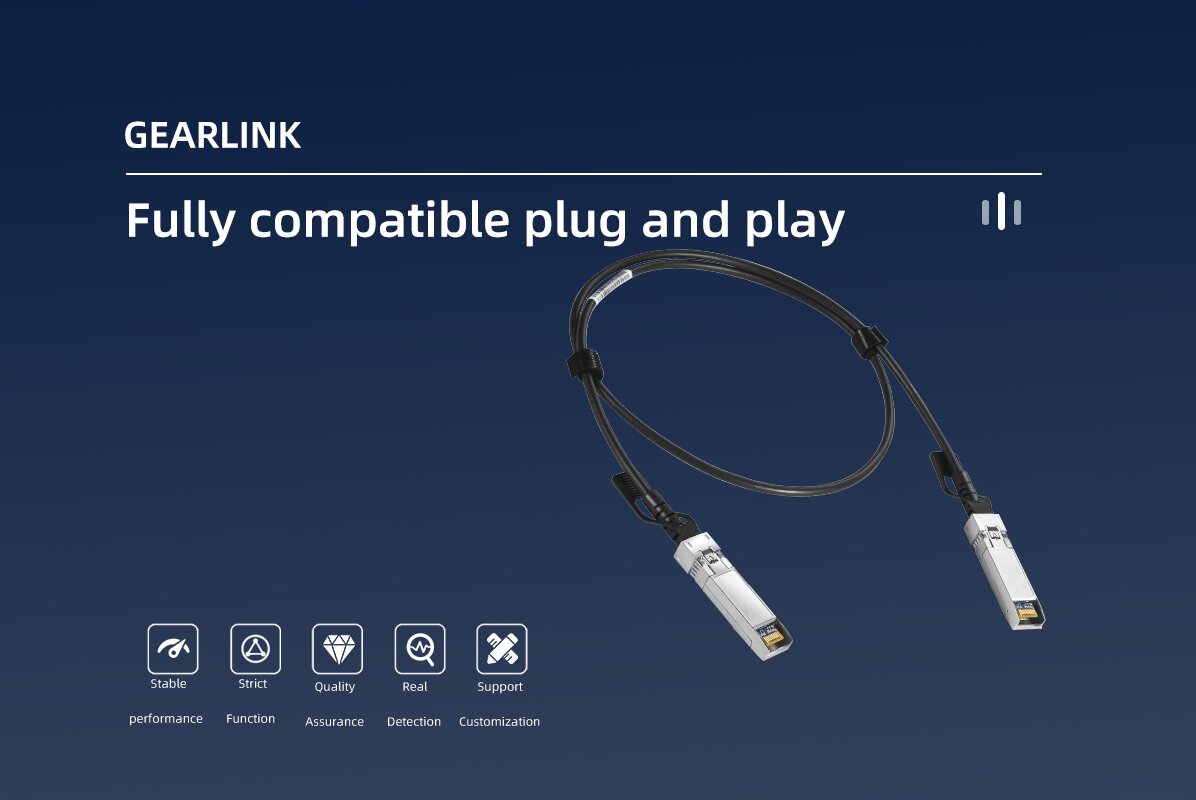
Abstract: 10G DAC (Direct Attach Copper) is a direct-attached copper cable used to connect network devices, such as servers, switches, storage devices, etc. It usually consists of a cable with compatible modules (such as SFP+, QSFP+, etc.) on both ends, and the modules can be plugged directly into the port of the device. The modules at both ends do not require photoelectric conversion functions. This direct connection simplifies the connection process, improves the stability and reliability of signal transmission, and effectively reduces costs. DAC cables are suitable for high-speed data transmission over short distances and are a common connection method in data centers and enterprise networks.
The working principle of 10G DAC cable is relatively simple, mainly transmitting data signals through copper wires: the DAC usually contains a high-precision digital signal source, where the digital signal is represented as a multi-bit binary code. These digital signals are sent to the input end of the DAC and converted into corresponding analog voltages or currents inside the DAC. The analog signal is output to the output of the DAC and can be further processed by analog circuitry.
Digital part: The digital part receives the input digital signal, usually a binary data stream, representing the value of the analog signal to be converted.
Analog part: The analog part is responsible for converting the digital signal into the corresponding analog voltage or current output, and controlling the on-off state of the switch according to the input digital signal to form an analog signal.
DAC (Direct Attach Copper) cable, as a direct-attached copper cable connection solution, has obvious advantages in short-distance high-speed data transmission scenarios. Through simplified working principles, low cost, low latency, low power consumption and easy deployment, DAC cables are widely used in data centers, enterprise networks and other fields, providing users with efficient and stable data transmission solutions.

